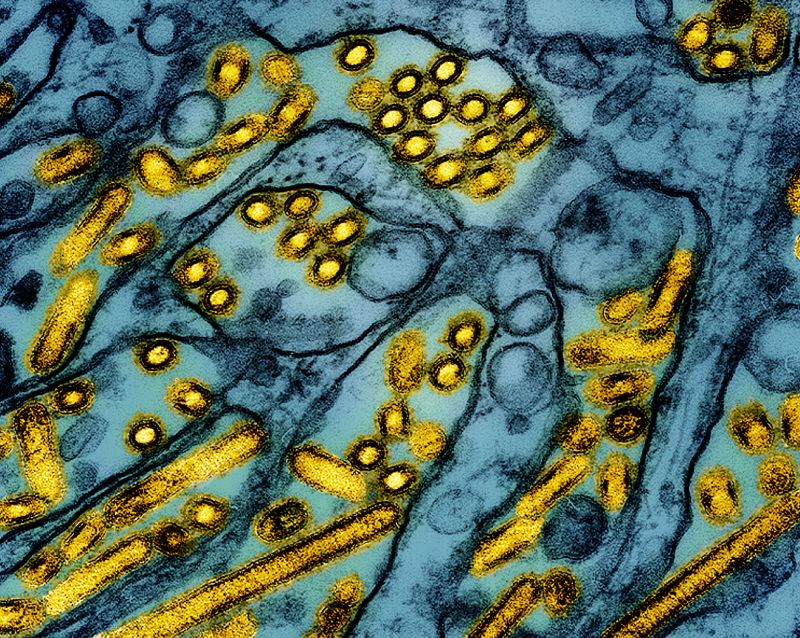A genetic analysis of samples from the patient in Louisiana recently hospitalized with the country’s first severe case of H5N1 bird flu show the virus likely mutated in the patient to become potentially more transmissible to humans, but there’s no evidence the virus has been passed to anyone else.
The patient was likely infected after having contact with sick and dead birds in a backyard flock, the US Centers for Disease Control and Prevention said earlier this month. In an analysis Thursday, the agency said the mutations it identified in samples taken during the patient’s hospitalization weren’t found in the birds, suggesting they aren’t in the virus widely circulating in wildlife.
The mutations, similar to ones observed in a hospitalized patient in British Columbia, Canada, may make it easier for the virus to bind to cell receptors in humans’ upper respiratory tracts, the agency said in its analysis.
“The changes observed were likely generated by replication of this virus in the patient with advanced disease rather than primarily transmitted at the time of infection,” the CDC said. “Although concerning, and a reminder that A(H5N1) viruses can develop changes during the clinical course of a human infection, these changes would be more concerning if found in animal hosts or in early stages of infection… when these changes might be more likely to facilitate spread to close contacts.”
The agency emphasized the risk to the general public has not changed and remains low, but said the detection of the genetic mutations “underscores the importance of ongoing genomic surveillance in people and animals, containment of avian influenza A(H5) outbreaks in dairy cattle and poultry, and prevention measures among people with exposure to infected animals or environments.”
The analysis found no changes associated with markers that might mean antiviral drugs wouldn’t work as well against the virus, the CDC added, and noted the samples are closely related to strains that could be used to make vaccines, if needed.
The sequences also didn’t show changes in genes associated with adaptation to mammals, the CDC found. The patient was infected with a strain known as D1.1 that’s closely related to viruses circulating in wild birds and poultry in the U.S.; another strain known as B3.13 has been spreading widely in dairy cows and hasn’t been found to cause severe disease in humans in the U.S.
“While this sounds like good news, the H5N1 situation remains grim,” Dr. Angela Rasmussen, a virologist at the Vaccine and Infectious Disease Organization at the University of Saskatchewan in Canada, posted on Bluesky on Thursday.
“There has been an explosion of human cases,” she said. “We don’t know what combination of mutations would lead to a pandemic H5N1 virus… but the more humans are infected, the more chances a pandemic virus will emerge.”
Sign up here to get The Results Are In with Dr. Sanjay Gupta every Friday from the CNN Health team.
The CDC has confirmed 65 cases of H5N1 bird flu in humans in 2024. Of those, 39 were associated with dairy herds and 23 with poultry farms and culling operations. For two cases, the source of exposure is unknown. The severe case in the Louisiana is the only one associated with backyard flocks.
Dr. Paul Offit, a vaccine scientist at Children’s Hospital of Philadelphia, noted the CDC said the mutations “may” enable to the virus to bind better to cell receptors in humans’ upper respiratory tracts, not that they clearly do.
“And more importantly,” Offit added, “there’s not the clinical relevance that you see human-to-human spread.”





